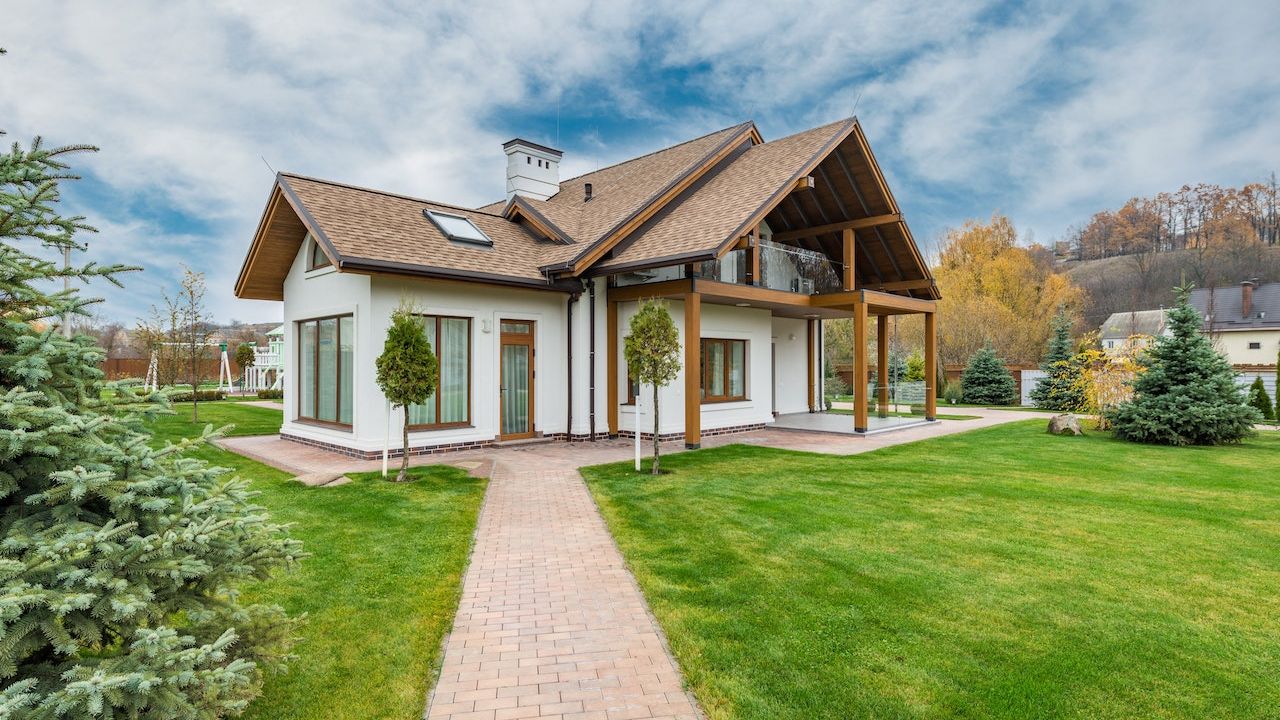Transforming a Small Apartment into a Cozy and Stylish Living Space with Scrum
Introduction
In recent years, Scrum has emerged as a game-changing framework for project management, revolutionizing the way teams collaborate and deliver value. While initially associated with software development, Scrum’s versatility extends far beyond the realm of IT. In fact, its principles and practices can be effectively applied to any industry, including the world of interior design. In this post, we will explore how Scrum can be harnessed to unlock the full potential of interior design projects, fostering collaboration, efficiency, and exceptional results. Get ready to discover the transformative power of Scrum in the context of interior design.
Transforming a Small Apartment into a Cozy and Stylish Living Space
Let’s imagine a team of interior designers working on transforming a small apartment into a cozy and stylish living space. They have a limited budget and a tight deadline to meet. To effectively manage their project, they decide to adopt the Scrum framework, which will help them stay organized, collaborate efficiently, and deliver the best results to their client.
In this innovative project, the interior design team will harness the power of Scrum to revolutionize their approach to transforming a small apartment into a cozy and stylish living space. By embracing Scrum, they will break down their complex tasks into smaller, manageable components and prioritize them based on their significance and potential impact. Through the use of short sprints, lasting approximately two weeks each, the team will concentrate their efforts on specific aspects of the apartment’s renovation, ensuring focused and efficient progress.
Some of these aspects could include
- Space planning and layout optimization: The team will analyze the available space and create a functional and aesthetically pleasing layout for the apartment, ensuring efficient utilization of every corner.
- Color scheme and material selection: They will carefully choose the color palette and materials that align with the client’s preferences and create the desired ambiance, considering factors like lighting, durability, and style.
- Furniture and decor selection: The team will curate a collection of furniture pieces, accessories, and decor items that complement the overall design theme and enhance the visual appeal of the space.
- Lighting design: They will develop a well-thought-out lighting plan, considering natural and artificial lighting sources, to create the desired atmosphere and highlight key features within the apartment.
- Functional and stylish storage solutions: The team will focus on incorporating smart storage options to maximize space efficiency while maintaining a visually appealing and clutter-free environment.
- Flooring and finishes: They will choose appropriate flooring materials, such as hardwood, tiles, or carpets, and select finishes for walls, ceilings, and other surfaces that harmonize with the overall design concept.
By applying Scrum to these specific aspects of the apartment’s renovation, the interior design team can streamline their workflow, ensure effective collaboration, and deliver a remarkable transformation within the designated time frame.
How to communicate the progress of work?
Through daily stand-up meetings, the team will communicate their progress, discuss any challenges they’re facing, and ensure everyone is on the same page. They will collaborate closely, sharing ideas, brainstorming design concepts, and dividing tasks among themselves to ensure a smooth workflow.
The team will communicate their progress through daily stand-up meetings. These short meetings, typically held at the same time and place each day, allow team members to provide updates on their individual tasks, discuss any challenges or roadblocks they are facing, and coordinate their efforts effectively. Each team member will answer three key questions during the stand-up:
- What did I accomplish yesterday?
- What will I work on today?
- Are there any obstacles or issues blocking my progress?
By having these daily check-ins, the team can stay aligned, identify potential bottlenecks early on, and make necessary adjustments to keep the project on track. It also encourages transparency, collaboration, and accountability among team members, fostering a sense of shared ownership and collective progress toward the project’s goals.
Getting feedback on their work
At the end of each sprint, the team will review their completed work, showcasing the transformed areas of the apartment to the client. They will gather feedback, make any necessary adjustments, and plan their next sprint based on the evolving requirements and client preferences.
Let’s sum up…
By using Scrum in their interior design project, the team will have a structured approach to manage their tasks, collaborate effectively, and deliver a beautifully transformed apartment within the given constraints of budget and timeline.
Benefits of Scrum
Explore the benefits of Scrum and its potential for your business. Click here to dive deeper into the details and discover its impact.
